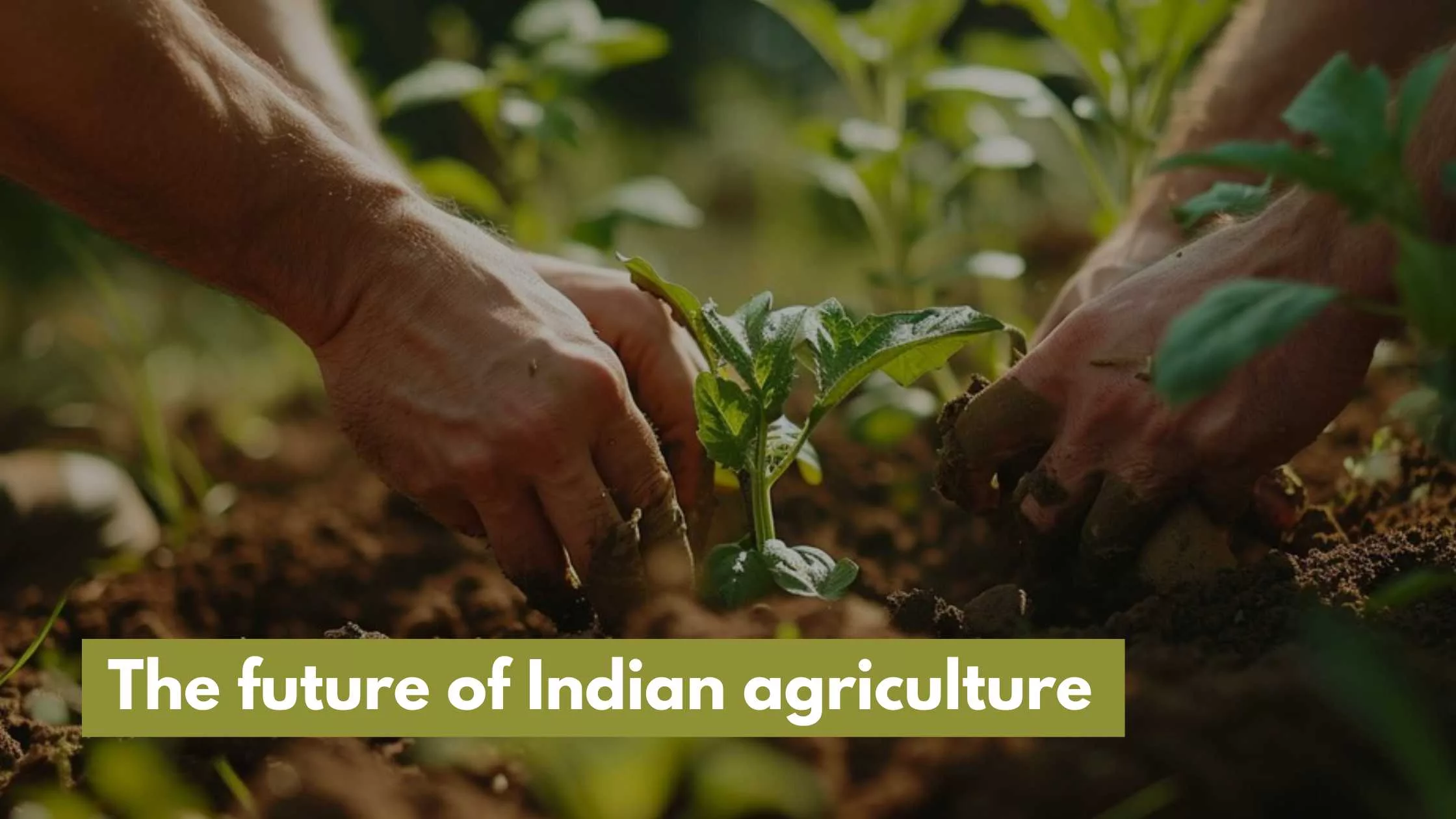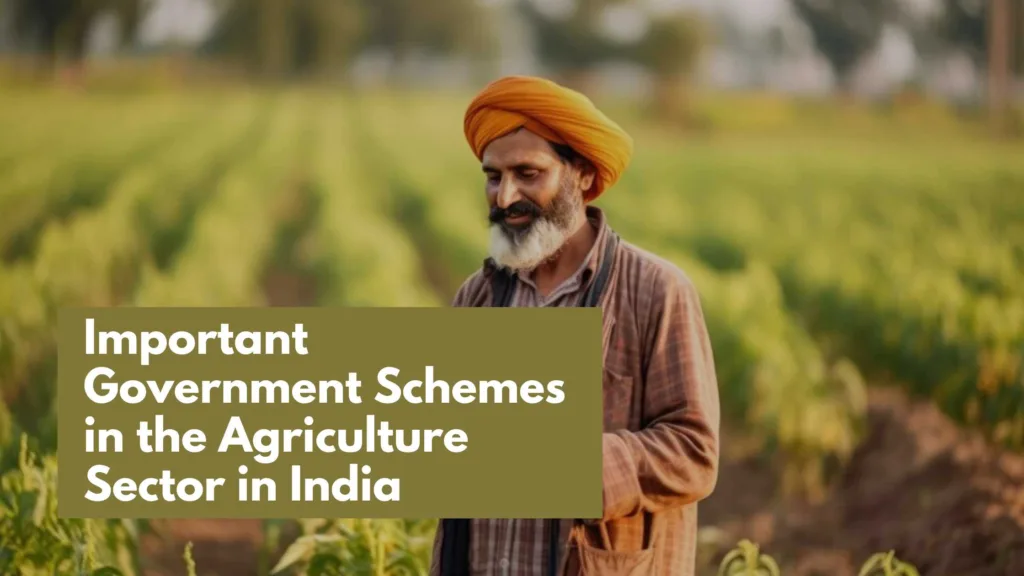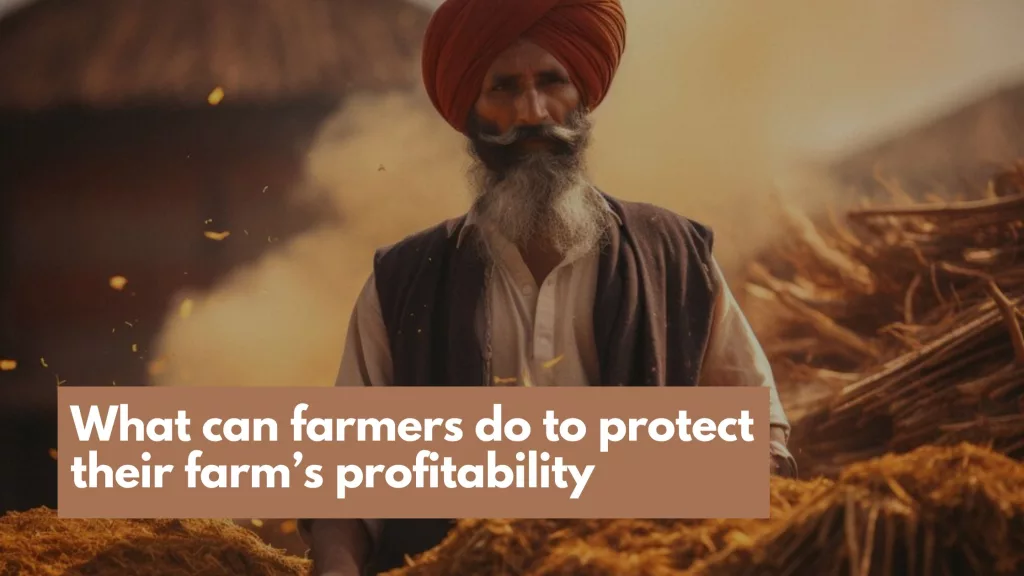What is agriculture?
Agriculture is cultivating crops and raising animals for food, fuel, fiber, and other products. It involves using land, water, and other natural resources to produce food and other agricultural products essential for human survival and development. Agriculture can be practiced on a small scale by individuals or on a large scale by commercial enterprises. It is a crucial sector of the economy in many countries, providing millions worldwide with food, employment, and income.
Agriculture in India
Agriculture is a significant sector of the Indian economy, contributing about 17-18% of India’s GDP and employing around 50% of the country’s workforce. India is the second-largest producer of agricultural products in the world after China.
The major crops grown in India include rice, wheat, maize, millets, pulses, oilseeds, sugarcane, cotton, jute, and tea. Agriculture in India mainly depends on monsoon rainfall, so it is often subject to droughts and floods.
Different agriculture practices followed in India include subsistence farming, commercial farming, organic farming, and, more recently, precision farming and vertical farming.

The government of India has launched various schemes and initiatives to support and enhance agricultural productivity in the country, such as the Pradhan Mantri Fasal Bima Yojana, Pradhan Mantri Krishi Sinchai Yojana, and Soil Health Card Scheme.
However, the agricultural sector in India faces several challenges, such as low productivity, lack of adequate infrastructure, market access and storage facilities, soil degradation, and increasing incidents of crop failure due to climate change.
Significant constraints in Indian culture
There are several significant constraints in Indian agriculture, including:
- Small landholdings
- Dependence on monsoon
- Lack of irrigation facilities
- Soil degradation
- Inadequate infrastructure
- Lack of access to credit
- Low prices
- Climate change
Critical trends expected in the future
- Technology Improvements
Technologies like precision farming, drones, AI, hydroponic farming, and biotechnology will become frequently used in the future. With the increase in farming knowledge, farmers will use more and more farming equipment. This will indeed find new areas for production and result in increased yield and quality. According to the ongoing race to meet demands and increase production, people will tend more toward urban and vertical farming methods in the future.
- Increase in food production
Since new technologies like the green revolution have been introduced in agriculture, a dramatic rise has been seen in food production in India. The trend is going to rise steadily in the coming times. As India’s population is increasing (expected to reach 1.64 billion in 2050) at a pace, there will be a need to increase production to feed everyone.
- Change in consumption pattern
As people become health-conscious and household incomes increase, the demand for fruits, vegetables, and dairy products will increase. The high-value greens and other vegetables will be cultivated more in the future because there will be more demand for processes and affordable products.
- Land Consolidation
Small-scale landholders will achieve economies through the release of fragmented land holdings. Land consolidation will go real and virtual with the development of digital technologies. In the coming years, India will take rural citizens and farmers online. The coming decade will migrate the country’s agriculture ecosystem into a digital architecture. It will help overcome problems of fragmentation to an extent.
- Increase in demand for processed food.
The country’s diet pattern is taking a shift, leading to the expansion in export markets. The Diversification of diet products into high-value items has been seen to opt for a healthy diet pattern. The production of greenery will be driven by consumers’ desire for freshness and immediate fulfillment. In the upcoming decade, cities will seek to secure food supply chains from exports.
- Increase in competitiveness
More competition is expected to be seen in private companies. The private sector will produce innovative products, better seeds, fertilizers, customized farm machinery, plant protection chemicals, animal feed, and cost-effective ways at competitive prices. This will result in more returns on investment for farmers. Cost-effective methods such as biotechnology and breeding will also develop to promote eco-friendly & more nutritious crop varieties.
- Agriculture labor will move to more productive jobs.
The labor engaged in agriculture will move towards higher productivity jobs. Rural farming steadily expands into agriculture’s allied industries and other Agri tech services. This shift will retain higher productivity jobs in the future.
- Crop Diversification
It is used as a tool to promote sustainable agriculture and reduction in import dependence. It will higher incomes for the farmers. Agriculture also completes development needs along with the demand for grains and food. The farming industry will shift to produce commercial and horticulture crops to meet the demand. The diversion of sugarcane crops for ethanol production will also be encouraged. The focus is on diversifying crops to increase productivity and eco-friendly agriculture.
These key trends are the future of Indian agriculture. Farmers already follow some of these trends. And some trends will be embraced by Indian farmers to increase productivity and yield.
Conclusion
Agriculture and opting for modern technologies also focus on increasing the farmers’ income. Modern agriculture aims to develop sustainable agriculture and maintain a balance in the Indian economy.
While the future of Indian agriculture presents some significant challenges, there are also many opportunities for growth and development. By embracing new technologies, sustainable practices, and innovative approaches, the agricultural sector in India can become more resilient, productive, and competitive in the global market.
In addition, there is a growing trend of farmers adopting precision farming techniques, organic farming, and vertical farming, which could potentially revolutionize the agricultural sector in India.




What an insightful post! It’s exciting to see discussions about the direction of farming is heading in my homeland. Lots of potential ahead!
Glad you enjoyed the post! Absolutely agree, the potential for Indian farming is immense. Thanks for your thoughtful comment!